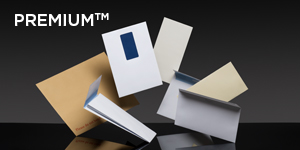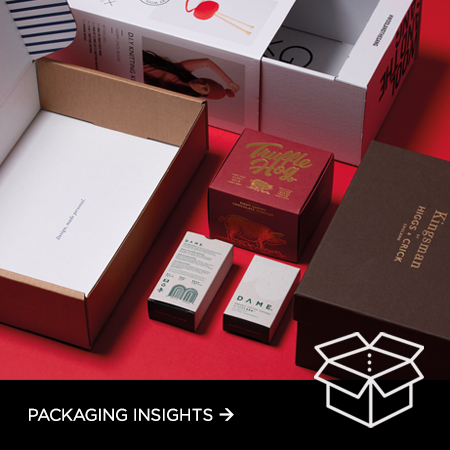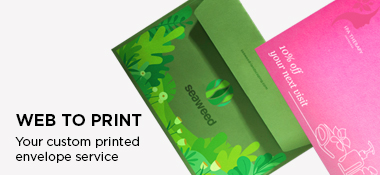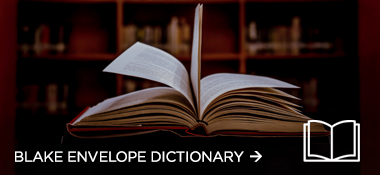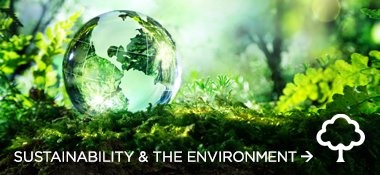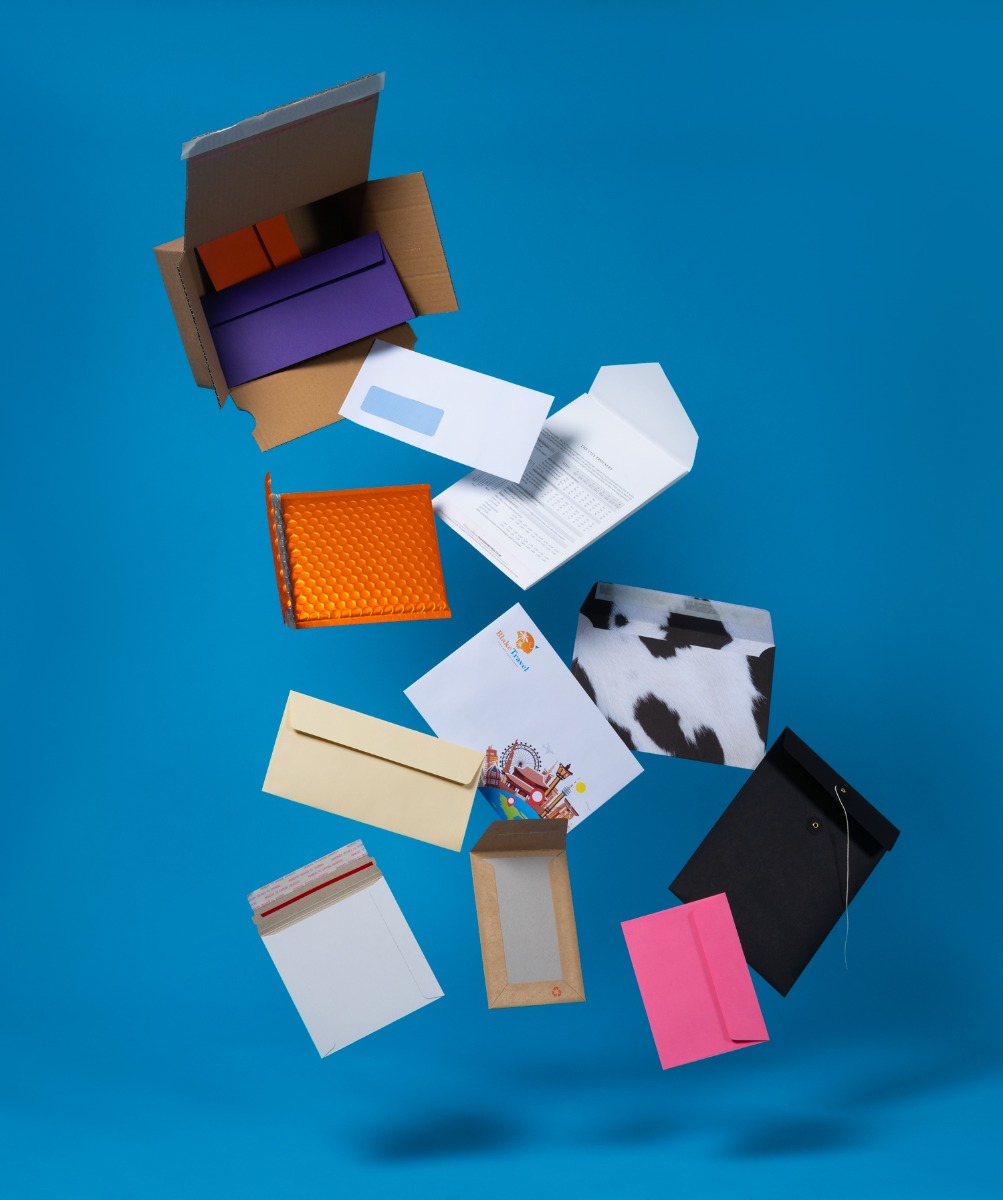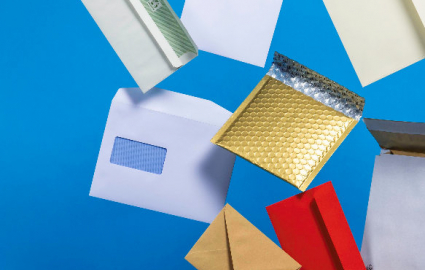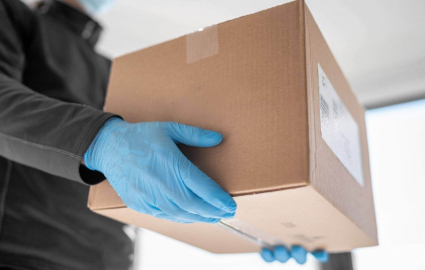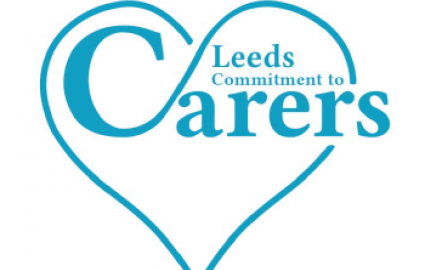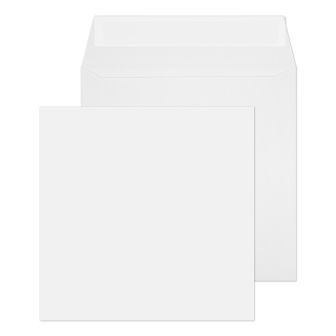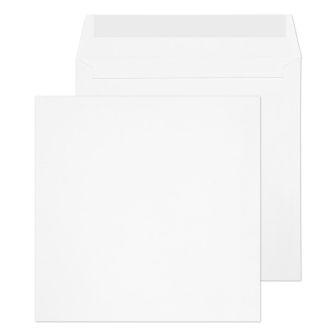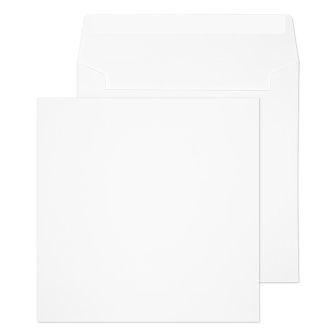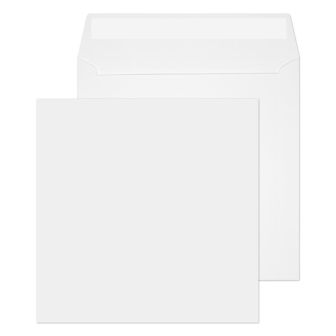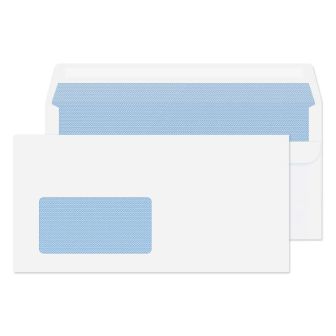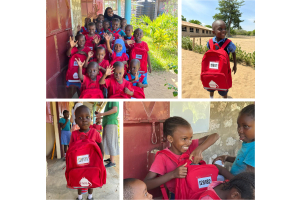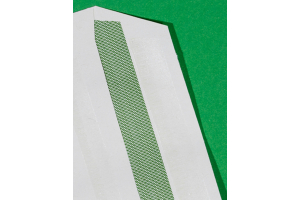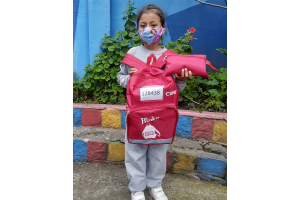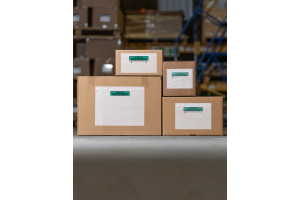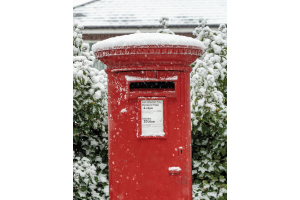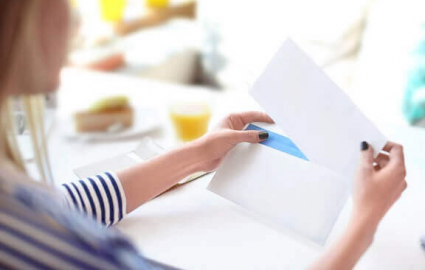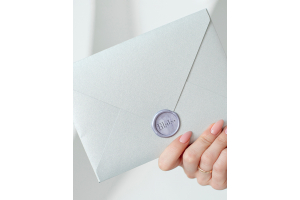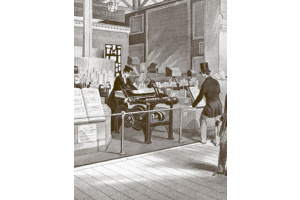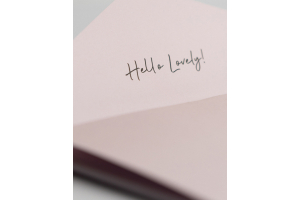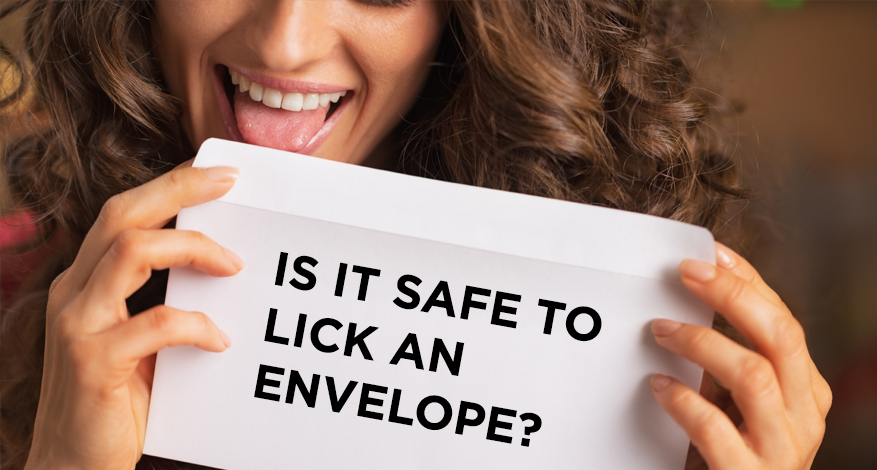
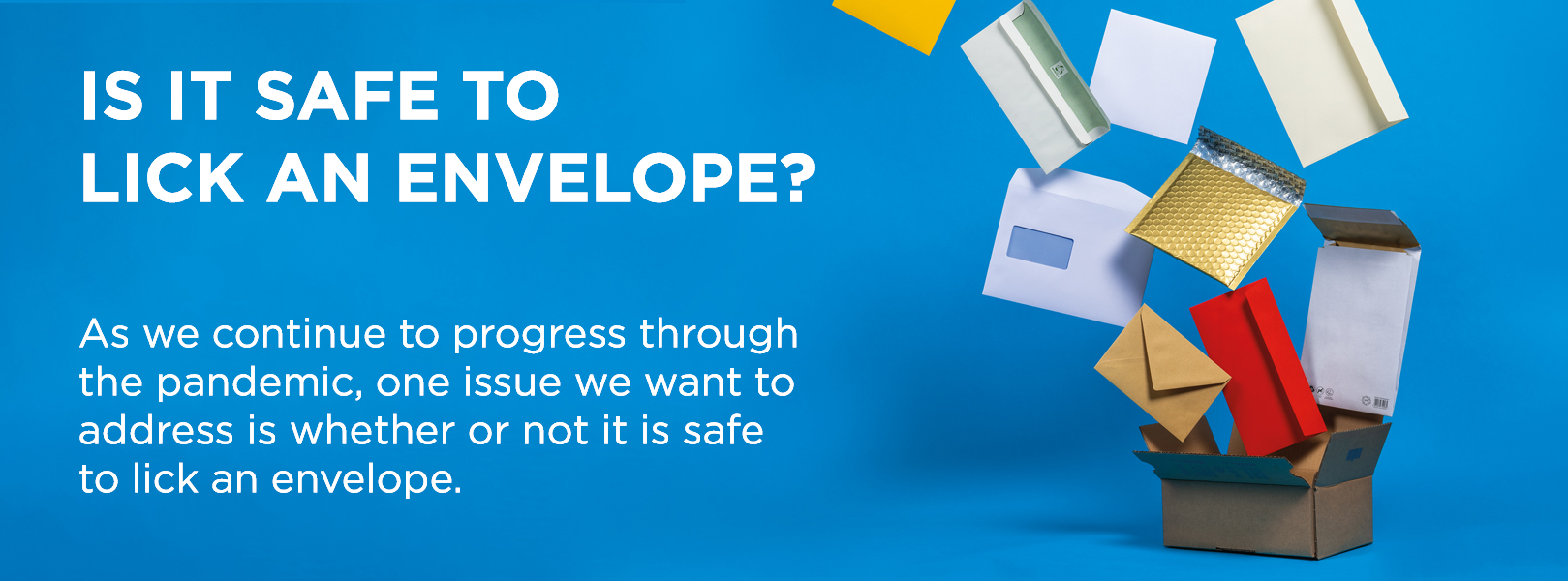 |
|
| One of the most important parts of this issue is that the main way the virus spreads is through person-to-person contact. Inanimate surfaces play a very small part in transmission of COVID (Dr John Segreti, Medical Director of Infection Control & Prevention, Rush University Medical Centre). |
This leading to the fact that the virus can survive on different surfaces for varying amounts of time; for paper and tissue paper the virus is said to have lost infectivity within 3 hours (Professor Mark Harris, School of Molecular & Cellular Biology, University of Leeds). As such one suggested piece of advise to ease any concern would be to leave the paper envelope untouched for a few hours before licking to seal, this way you can be assured that risk is minimal. |
|
|
|
|
As is the case with touching any object or surface, to minimise risk or concern, ensure that good hand hygiene is maintained, by washing hands after picking something up or touching a frequently used surface (Professor Sally Bloomfield, London School of Hygiene & Tropical Medicine).
Alternatively, many consumers have begun using different methods and tools to seal gummed envelopes. One technique being to use a moist sponge to activate the sealing gum; the same effect would occur using a wet cotton bud.
However, this cannot guarantee no risk. One alternative that has seen huge increase in demand since the start of the pandemic is the use of ‘Peel & Seal’ envelopes to minimise contact with the envelope.
Explore our range:
|
|




















 Black
Black Purple
Purple Blue
Blue Red
Red Green
Green Yellow
Yellow Grey
Grey White
White Pink
Pink Cream
Cream Brown
Brown Navy
Navy Violet
Violet Lime
Lime Orange
Orange